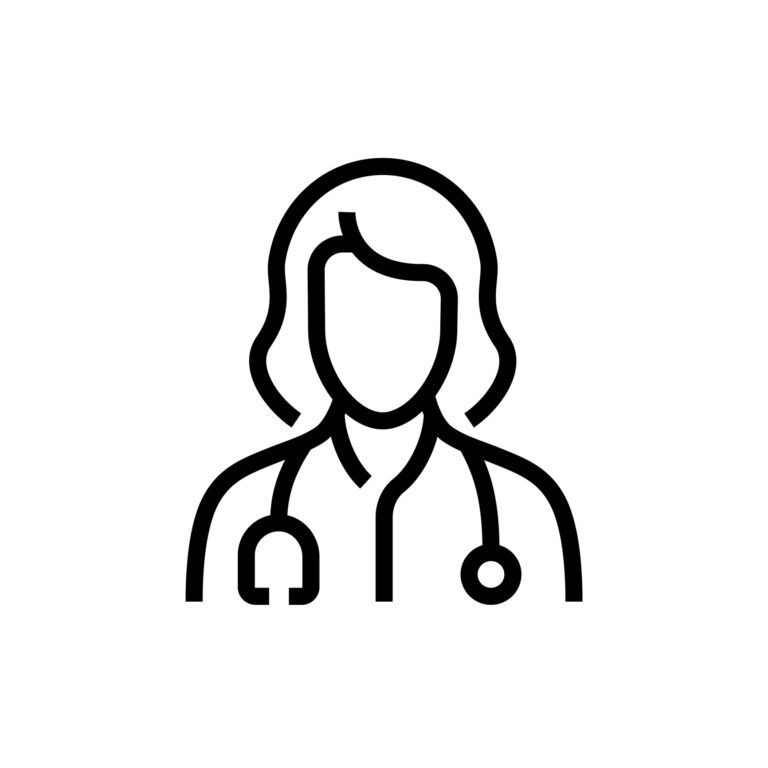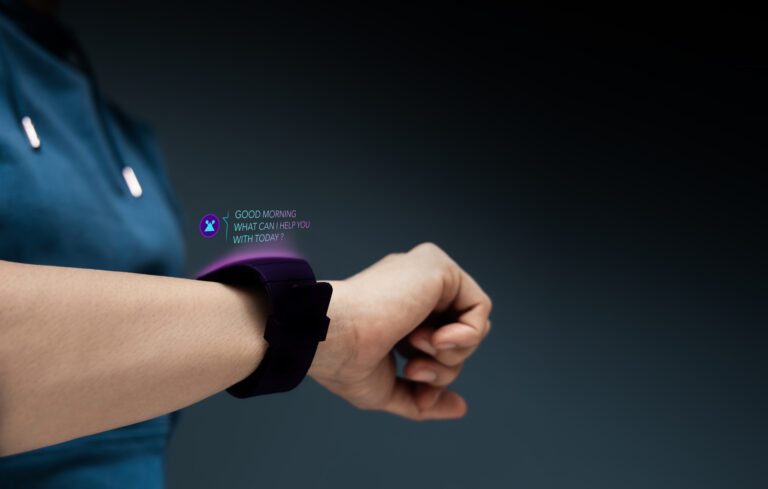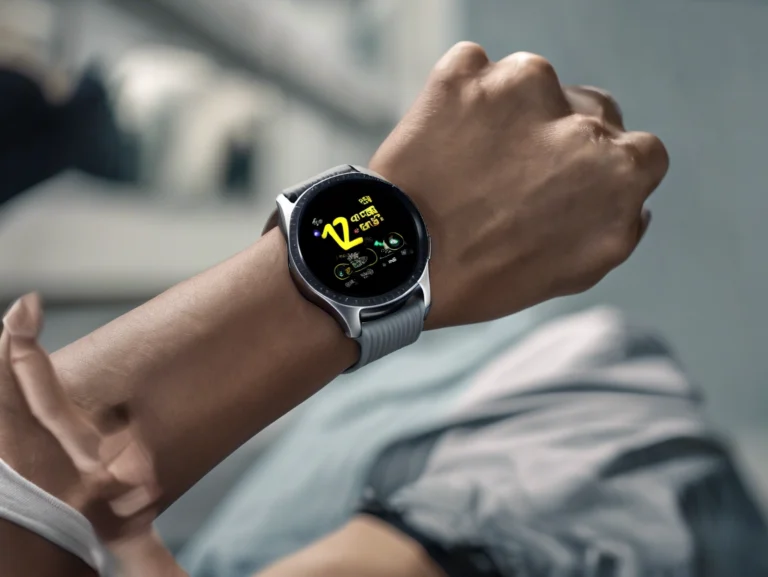
Top Digital Health Trends for Nurses in 2025
2025 is bringing a wave of digital health innovations, transforming the way nurses and healthcare professionals work. AI-powered decision support, virtual nursing, wearable health tech, and smart hospitals are set to revolutionize patient care. Are you ready for the digital shift? Here’s what to expect.
Healthcare is advancing rapidly, with nurses at the forefront of this transformation. As technology reshapes patient care, nurses integrate digital innovations that enhance efficiency. These innovations reduce burnout and improve outcomes. Groundbreaking advancements in AI have transformed the role of nurses. Wearable technology has also made the role of nurses more dynamic. Additionally, telehealth has increased the impact nurses have like never before. This year, digital health innovations are enhancing efficiency. They are also redefining patient care. Moreover, they are improving nurses’ day-to-day experiences. Digital health is reshaping how we deliver patient care, from AI-powered clinical support to wearable health monitors. In 2025, digital health will enhance efficiency. These trends will also improve patient outcomes. They will reduce burnout for nurses and caregivers.
So, what’s next for digital health in 2025? Let’s dive into the top digital health trends every nurse should watch and how they’re shaping the future of healthcare.
1. AI-Powered Clinical Decision Support
Real-World Example
In 2024, Mayo Clinic introduced an AI-driven Clinical Decision Support System (CDSS) to help nurses quickly assess sepsis risks. The AI flagged early warning signs by analysing real-time patient data. This analysis led to faster interventions, resulting in a 25% reduction in sepsis-related complications. Nurses reported that the AI system improved efficiency in triaging high-risk patients. This allowed them to focus on critical care (Mayo Clinic Digital Health Report, 2025).
How It Benefits Nurses
Nurses make countless critical decisions every day. AI-powered Clinical Decision Support Systems (CDSS) are designed to help them, not replace their skills. These tools offer real-time, evidence-based recommendations, ensuring nurses can make informed choices quickly and efficiently, even in high-pressure environments.
Why It Matters
Nurses make countless critical decisions daily. AI-powered Clinical Decision Support Systems (CDSS) are stepping in to offer real-time, evidence-based recommendations, helping nurses make more informed choices.
What’s New in 2025?
- Smart Medication Alerts: AI can analyze patient history and suggest personalized medication adjustments, reducing errors by 35% (NEJM, 2025).
Impact: AI-powered CDSS tools have reduced medication errors by 45%. They have improved early detection of deteriorating patients (The Lancet Digital Health, 2025).
2. Wearable Health Tech & Remote Patient Monitoring
Why It Matters
Wearable health tech allows continuous patient monitoring without requiring hospital stays. It enables early detection of health issues, reducing the burden on healthcare facilities. For nurses, these devices provide real-time data on vitals, mobility, and adherence to treatment plans, allowing for proactive interventions.
What’s New in 2025?
Real-World Impact
A 2024 study conducted at Johns Hopkins Hospital implemented AI-driven wearable tech for post-op cardiac patients. The result? There was a 25% decrease in complications. Additionally, nurses monitoring at-risk individuals experienced 40% faster response times (Johns Hopkins Digital Health Report, 2025).
Stat: Continuous remote monitoring has been shown to reduce ICU admissions by 20% and improve chronic disease management outcomes (New England Journal of Medicine, 2025).
Your Take
How do you see wearable tech changing patient care in your field? Are there any barriers to its widespread adoption in your workplace? Let’s discuss!
Why It Matters
Wearable health tech allows continuous patient monitoring without requiring hospital stays. This is especially crucial for post-op recovery, chronic disease management, and home healthcare.
What’s New in 2025?
- AI-Powered Biosensors: Wearables from BioIntelliSense and Oura Ring provide real-time insights on respiratory rates, sleep quality, and stress levels.
- Hospital-at-Home Expansion: More hospitals are leveraging wearables for remote monitoring, reducing hospital readmissions by 30% (American Telemedicine Association, 2025).
Stat: Continuous remote monitoring has been shown to reduce ICU admissions by 20%. It also improves chronic disease management outcomes (New England Journal of Medicine, 2025).
3. Virtual Nursing & Telehealth Expansion
Why It Matters
The nursing shortage is pushing healthcare to find new solutions. Virtual nursing models are helping hospitals improve workflows while ensuring high-quality care.
What’s New in 2025?
- Hybrid Care Models: Telehealth services are expanding beyond primary care into geriatrics, mental health, and post-op recovery.
Stat: Virtual nursing models have reduced nurse workload by 30% while improving patient satisfaction scores (American Nurses Association, 2025).
Your Experience
How has telehealth affected your nursing practice? Have you noticed improvements in patient care, or do you see challenges in its adoption? Let’s discuss!
Why It Matters
The nursing shortage is pushing healthcare to find new solutions. Virtual nursing models are helping hospitals improve workflows while ensuring high-quality care.
What’s New in 2025?
- Hybrid Care Models: Telehealth services are expanding beyond primary care into geriatrics, mental health, and post-op recovery.
Stat: Virtual nursing models have reduced nurse workload by 30% while improving patient satisfaction scores (American Nurses Association, 2025).
4. Smart Medication Management
Why It Matters
Medication errors stay one of the biggest patient safety concerns. Smart medication management tools help guarantee adherence, prevent overdoses, and reduce human error.
What’s New in 2025?
- Digital Pill Tracking: Pharma companies are integrating ingestible sensors that send alerts when medication is taken.
- Personalized Dosing via AI: AI algorithms analyze patient vitals and recommend real-time medication adjustments.
Fact: Smart pill dispensers have improved medication adherence rates significantly. Adherence rates increased by 50% in patients with chronic conditions. (Journal of Digital Health, 2025).
5. AI-Powered Chatbots & Mental Health Support
Real-World Example
In 2024, Cleveland Clinic implemented the Wysa AI chatbot as part of a mental health initiative for frontline nurses. The chatbot provided 24/7 access to guided meditation, cognitive behavioral therapy (CBT) techniques, and stress management exercises. Within six months, reported burnout rates among participating nurses decreased by 22%. Self-reported stress levels dropped by 30% (Cleveland Clinic Digital Health Report, 2025).
Why It Matters
Burnout is real, and nurses need better mental health support. AI-driven chatbots and virtual assistants offer instant emotional support and self-care recommendations.
What’s New in 2025?
- AI Wellness Coaches: Smart assistants in EHR systems now offer real-time stress management strategies for nurses.
- Digital Peer Support Networks: More hospitals are implementing virtual peer support groups for nurses.
Impact: AI-powered mental health tools have helped reduce burnout rates by 25% in frontline nurses (Harvard Medical Review, 2025).
6. Blockchain in Healthcare: Secure & Seamless Data Sharing
Potential Challenges in Implementation
While blockchain promises secure and transparent health data management, there are several barriers to widespread adoption:
- Integration Issues: Many hospitals and clinics still rely on legacy EHR systems that lack compatibility with blockchain solutions.
- Regulatory Concerns: Healthcare data regulations vary globally, and compliance with HIPAA, GDPR, and other privacy laws adds complexity.
- High Implementation Costs: Setting up a blockchain network requires significant financial investment, making it less accessible for smaller healthcare facilities.
Why It Matters
Data breaches are a huge concern in healthcare. Blockchain technology ensures that patient data is secure, tamper-proof, and easily accessible across care teams.
What’s New in 2025?
- Decentralized EHRs: Blockchain-powered platforms like MedRec and BurstIQ enable secure patient data sharing.
- Fraud Prevention in Telehealth: Smart contracts ensure only verified providers can access telehealth reimbursement.
- Interoperability Breakthroughs: Hospitals can now seamlessly share encrypted patient data across different systems.
Fact: Blockchain-based EHRs have reduced medical errors by 35%. They have also improved data security across healthcare networks (Journal of Health Informatics, 2025).
Why It Matters
Data breaches are a huge concern in healthcare. Blockchain technology ensures patient data is secure, tamper-proof, and easily accessible across care teams.
What’s New in 2025?
- Decentralized EHRs: Blockchain-powered platforms like MedRec and BurstIQ enable secure patient data sharing.
- Interoperability Breakthroughs: Hospitals can now seamlessly share encrypted patient data across different systems.
Fact: Blockchain-based EHRs have reduced medical errors by 35%. They have also improved data security across healthcare networks (Journal of Health Informatics, 2025).
Final Thoughts: What This Means for Nurses
The digital health revolution isn’t just about new gadgets—it’s about making healthcare smarter, safer, and more efficient. As a nurse, staying ahead of these trends means: ✅ Embracing AI-powered decision support to reduce errors.
✅ Using wearables and remote monitoring to improve patient outcomes.
✅ Leveraging telehealth tools to manage increasing patient loads.
✅ Integrating smart medication management for safer care.
✅ Utilizing AI mental health tools for stress relief and well-being.
Take Action & Join the Conversation
- Which of these trends do you see impacting your work the most?
- How do you think digital health will evolve beyond 2025?
- What challenges do you anticipate in adopting these innovations?
Drop your thoughts in the comments below or share this article with your network—let’s shape the future of digital health together! 🚀💙
The digital health revolution isn’t just about new gadgets—it’s about making healthcare smarter, safer, and more efficient. As a nurse, staying ahead of these trends means: ✅ Embracing AI-powered decision support to reduce errors.
✅ Using wearables and remote monitoring to improve patient outcomes.
✅ Leveraging telehealth tools to manage increasing patient loads.
✅ Integrating smart medication management for safer care.
✅ Utilizing AI mental health tools for stress relief and well-being.
The future of nursing is digital—are you ready? Let’s talk in the comments!




